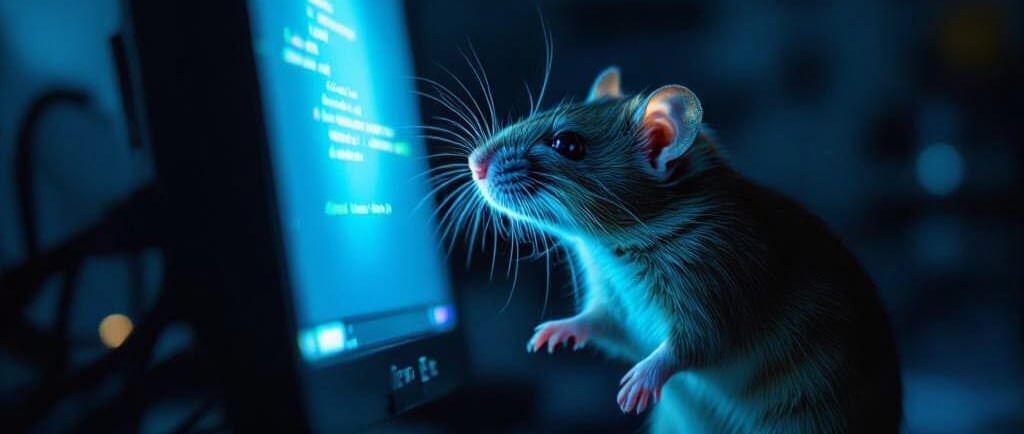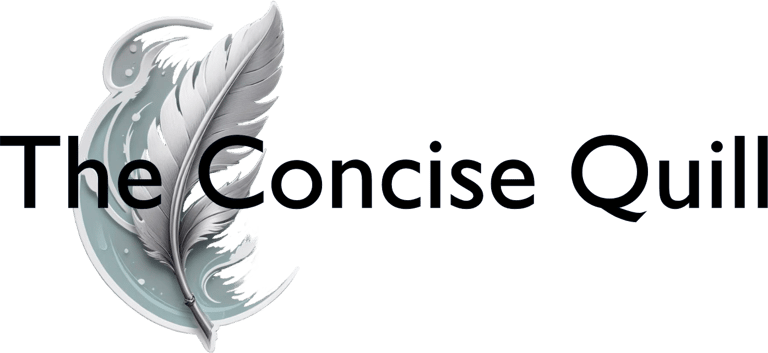

One sunny fall afternoon I wandered into the kitchen in our old farmhouse, thinking I would quite like a cup of tea. All was very quiet and peaceful, when I heard a scratch scratch scratch sound coming from underneath the sink. I looked around, wondering if one of the cats had somehow gotten trapped there. But Cat 1 was sound asleep in a nice patch of sunlight on the breakfast bar, Cat 2 was asleep in the living room. This was not a good sign.
All thoughts of a nice mid-afternoon cuppa gone, I crept over to the cupboard and quickly (if apprehensively) threw open the door. I caught a glimpse of a long skinny tail disappearing through the opening in the wall surrounding the water pipe – and a complete mess where the tail’s owner had gotten into the plastic garbage container. We had, it seemed, a rat in the kitchen.
I called an exterminator who, luckily, was able to come the same day. While awaiting their arrival, I made a quick run to the local hardware store and purchased a metal garbage bin with a locking lid, then emptied and thoroughly cleaned the under-sink area. When the exterminator arrived, he first had a look outside to determine the point of entry.
He showed me an impossibly small crack in the foundation through which, he said, the rat had entered, and then pointed to the large excavation in our next-door neighbours’ backyard, in preparation to install a course of damp proofing in their basement. “There’s where your rat came from,” he added. “It was probably getting ready to hibernate there for the winter.” He filled the crack in the outside wall and stuffed a great deal of steel wool into the area around the water pipe, explaining that this would make it impossible for the rat to get back into the under-sink area. However, we most likely still had a rat ‘somewhere’ unless it had gone back outside, so he also set a series of traps in our attic and in the basement – areas, he said, that were most easily accessible from inside the wall. A week later he came back and cleared the traps, one of which had indeed snapped on the rat.
I really don’t like the idea of killing any animal, not even a rat, but on the other hand, I did not want a rat wreaking havoc in my house. It occurred to me that I could tell myself two possible narratives concerning this rat:
Narrative 1: This evil, nasty rat had invaded my peaceful home, sneaking in, making a mess, making more rats, intent on destruction by chewing through wires and walls and who knows what else, threatening my family’s health and the integrity of my home. Therefore the rat and all members of the rat’s family must be destroyed.
Narrative 2: This rat’s home, where it had been bothering no one, had been destroyed through no fault if its own. It was simply seeking safety, a place where it could protect and raise its family. It did not mean me, personally, any harm. Yes, I had to deal with it, but it was not ‘the enemy’, it was a living being in search of warmth, of a place where it could live in relative peace.
Originally this story was to make a point about how we frame our stories – ‘spin’, if you like – about a controversial subject. But the problem, I realized, is that the very act of framing a debate is often seen as a political statement. We have found ourselves at a point where verifiable truth matters less than alignment with prevailing beliefs. It doesn’t matter whether what you say is true, it doesn’t matter if you have all kinds of sound data and statistical evidence, if it doesn’t align with the prevailing headwinds in someone’s preferred corner of the internet, they will simply refuse to listen. People will believe what they want to believe, they will confirm it in their echo chambers and anyone who has a different viewpoint can be attacked, threatened, and harassed from the comfort of an armchair.
This applies equally to the ‘left’ and the ‘right’, although such distinctions and labels can of course be applied fairly randomly and are in any case inconsequential. The bigger point is that the average person is more and more thinking twice about writing or even speaking about anything controversial, even if they have verifiable data from legitimate and trustworthy sources.
Problematically, this ‘thinking twice’ has seeped into spaces where critical thinking and the exploration of ideas should be the norm. Teaching and learning, and research, should be all about reasoned arguments, well-designed experiments, and the unbiased interpretation of data, even when – perhaps especially when – the results are not what we had hoped for. This is the whole basis of research, of advancement.
Instead, we find ourselves increasingly censored and censured. We find ourselves considering not whether our research is valid, but whether publishing the results of our research will bring more trouble than it’s worth. Ultimately, it comes down to freedom of speech. There is a saying that “freedom’s just another word for nothing left to lose” but freedom should not come at the cost of losing everything to begin with.
